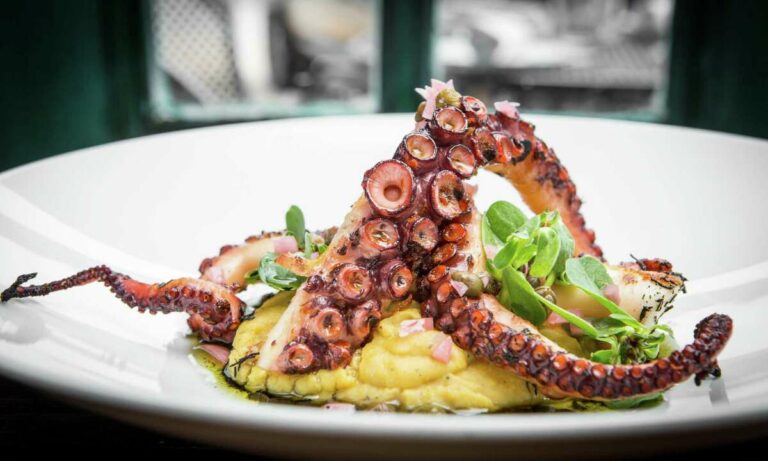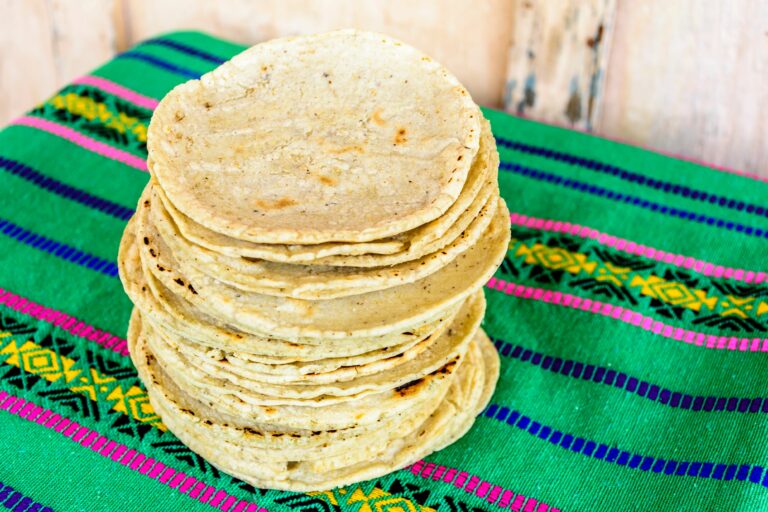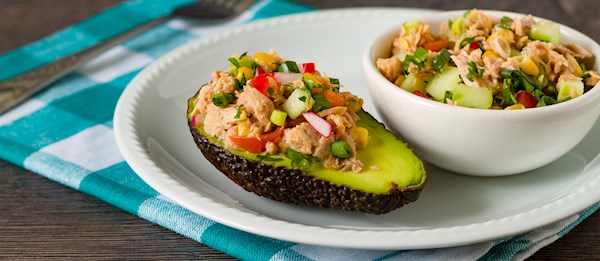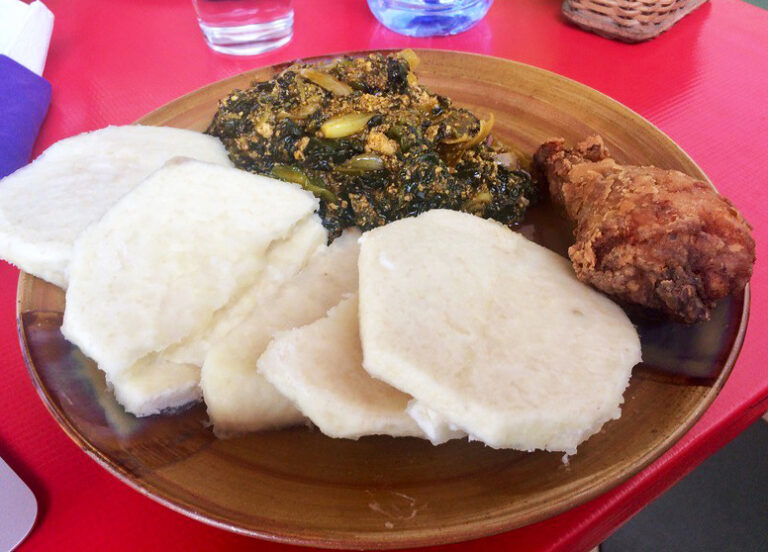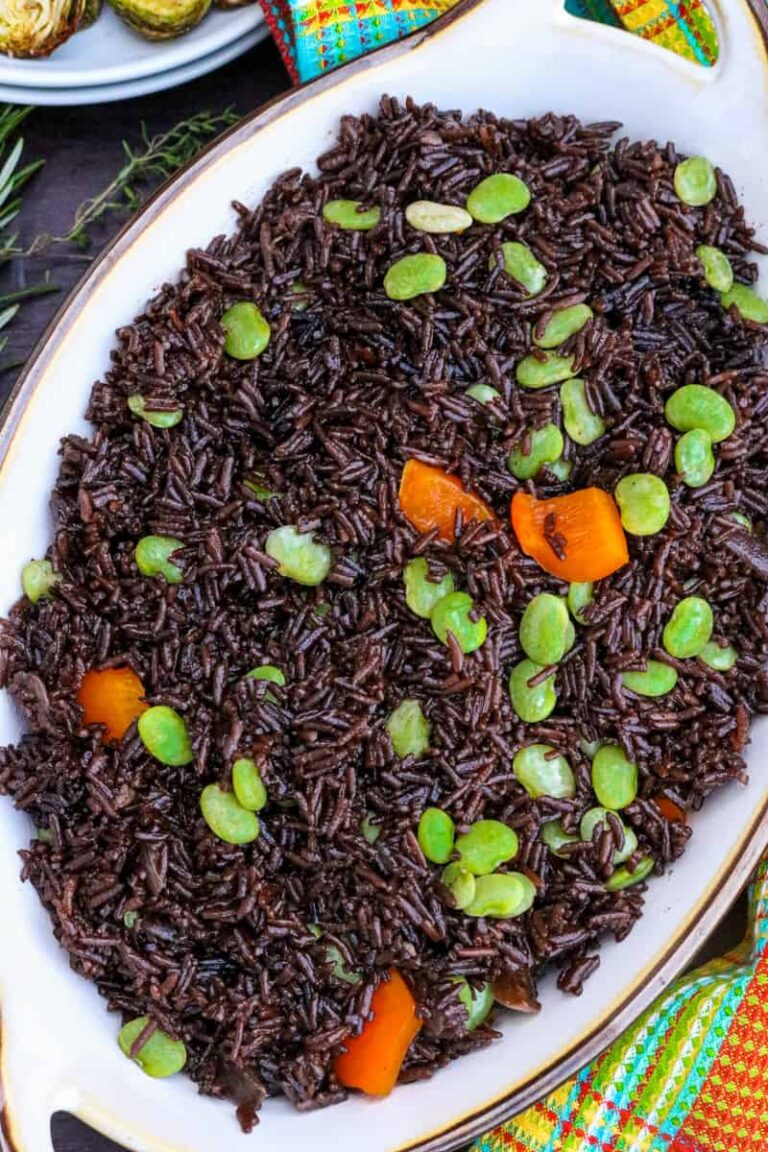Introduction: Greek Cuisine and Its Sauces
Greek cuisine is known for its flavorful and healthy dishes that are heavily influenced by Mediterranean flavors. Greek cuisine includes a variety of sauces and condiments that make the food delicious and complete. These sauces and dips are made from fresh and healthy ingredients and are used to enhance the flavor of various dishes. Greek cuisine has a rich history of using herbs, spices, and fresh ingredients to create flavorful and healthy dishes.
Greek sauces are an integral part of the Greek diet and are used in various dishes such as salads, meats, vegetables, and seafood. The famous Greek sauces are made from natural ingredients such as olive oil, herbs, vegetables, and dairy products. The use of these ingredients makes the sauces healthy and flavorful, which is why they are popular worldwide.
Tzatziki: A Refreshing Yogurt-based Dip
Tzatziki is a popular Greek sauce that is made from yogurt, cucumber, garlic, and olive oil. The sauce is refreshing and perfect for hot summer days. The yogurt in the sauce provides a creamy texture, while the cucumber gives it a refreshing taste. The garlic and olive oil give it a nice flavor and aroma. Tzatziki is used as a dip for vegetables, pita bread, or as a sauce for grilled meats.
Skordalia: A Garlic-infused Potato Dip
Skordalia is a garlic-infused dip made from boiled potatoes, garlic, and olive oil. The garlic in the dip gives it a strong flavor, while the potato makes it creamy and smooth. Skordalia is a perfect dip for vegetables, meat, and fish. The dip is also used as a spread for sandwiches.
Taramasalata: A Creamy Fish Roe Dip
Taramasalata is a creamy dip made from fish roe, olive oil, lemon juice, and bread crumbs. The dip is salty and has a unique flavor because of the fish roe. Taramasalata is usually served as an appetizer with pita bread or crackers. The dip is also used as a spread for sandwiches.
Melitzanosalata: An Eggplant-based Spread
Melitzanosalata is a spread made from roasted eggplants, garlic, olive oil, and lemon juice. The garlic in the spread gives it a strong flavor, while the eggplant makes it creamy and smooth. Melitzanosalata is usually served as an appetizer with pita bread or crackers. The spread is also used as a topping for salads.
Avgolemono: A Lemon and Egg-based Sauce
Avgolemono is a lemon and egg-based sauce used in Greek cuisine. The sauce is made from chicken broth, eggs, and lemon juice. The sauce is thick and creamy and is used as a topping for soups, vegetables, and meats. Avgolemono is a perfect sauce for chicken soup, which is a popular Greek dish.
In conclusion, Greek sauces are an essential part of Greek cuisine. They are healthy, flavorful, and made from fresh and natural ingredients. Tzatziki, Skordalia, Taramasalata, Melitzanosalata, and Avgolemono are some of the popular Greek sauces used in various dishes. These sauces are perfect for enhancing the flavor of your favorite dishes and adding a Mediterranean twist to your menu.

